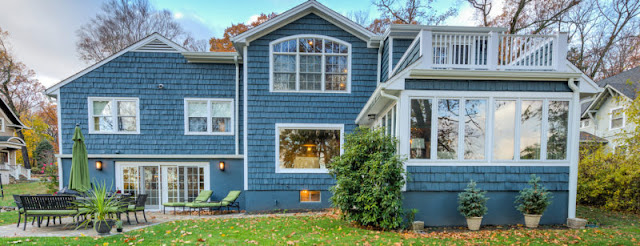A Guide to Popular Residential Architecture Styles

Homes may have one purpose – to deliver a living space for ourselves and our loved ones – but there are many more factors that come into play when we start the process of designing and building our dream homes. One important factor is the style of the home itself. Here’s a quick guide to the most popular architectural styles in the USA, from a leading residential architect in NJ. Craftsman: This style dates back to the arts and crafts movement of the early 20 th century, where artisans rebelled against the cookie-cutter look of the homes built in the Industrial Revolution. These homes are all about creating a uniquely and artistic look, and generally have porches with thick columns, low-pitched roofs, exposed beams and a strong use of natural materials. Country or colonial style: Reminiscent of the 18 th century European colonists, these homes often have 2-3 stories and symmetrical placement of doors and windows. The front door entrance is a focal point in this design, of


